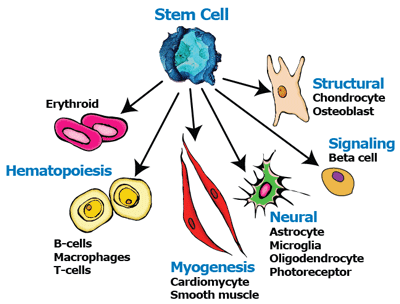II. Who Is This Monster in the Mirror, and What Have You Done With My New Lips?
The prestige of cosmetic surgery began to rise during the late 1960s and early 1970s and medical advancement grew and the emergence of the "self-esteem" generation begins to take hold, of which there is a full emanation come the 1980s- or the era of "Me. From the first breast augmentation in 1895 to the first plastic surgery instruction by french surgeon Dr. Hippolyte Morestin during the first World War, the desire for humanity to physically alter their appearance is not as unique a trait of our post-modern, transgression generation as we would of thought. After Dr. Hippolyte Morestin's efforts, cosmetic surgery steadily grew until it became fully integrated into medical institutions by 1959, but it climbed to pragmatic heights after the invention of the Silicon breast implant in 1962.
However, what at first glance seems like a simple easy solution to self-improvement, a study done in 2009 yields evidence to support the claim by many that cosmetic surgery does little to fix the preexisting psychological conditions driving many individuals to go under the knife. It goes without saying that a quick decision to change a reflection in a mirror is going to do little to the real problems that dwell just beneath the surface. Yes, there are many success stories of plastic surgery, but it is when we let our patients make life-altering decisions with an unhealthy mind the ethical sanctity of the medical profession hangs in the balance.
Early cosmetic surgery advertisement from 1890s
In the 2009 article "The Effects of Cosmetic Surgery on Body Image, Self-Esteem, and Psychological Problems" published by T. von Soest, I.L. Kvalem, H.E. Roald, and K.C. Skolleborg, they conduct an experiment via a questionnaire from 155 female patients six months after their cosmetic sugery. Results yielded an improvement of body image but no change was apparent in relation to the psychological conditions the patients had preoperation. "Postoperative measures of appearance satisfaction, self-esteem, and psychological problems did not differ from values derived from the comparison sample," (von Soest etc al. 2009). Because the patients sought out cosmetic surgery in order to fix whatever it was about themselves they considered to be a problem, once they realize the problem is still there, they aremore likelyto repeat process to search for a new solution. This is how cosmetic surgery addiction has found itself among a hord of new age self-inflections that really takes the "finding that next fix" component to an entirely different level.
We find ourselves in a generation that can examine the long term results cosmetic surgery has on its patients, both the good and bad, healthy and unhealthy alike. A recent example would be the extreme long-term physical (and hypothetically as a result from this-psychological) transformation of celebrity Bruce Jenner.
After his face became a staple of the Wheaties box and he was thrown into the realm of reality television stardom from his marriage to Kris Kardashian, Bruce Jenner has struggled to keep his body image culturally relevant for nearly the last two decades. There has been recent tabloid buzz of Jenner's long-term battle with depression and body image and how he has made the recent decision to undergo transgendered cosmetic surgery. In a recent article by false gender transformation activist and author Walt Heyer, he relates his own story to that of Jenner's by stating, "Bruce’s desire to be a woman could be the result of the adult onset of a disorder in his psyche triggered by traumatic events," and that after he underwent gender transformation, Heyer was diagnosed with dissociative disorder- "The underlying disorder was appropriately treated, my desire to change genders faded away like a mist in the bright light of day. One of the hardest things was to admit to myself, my family, and my friends that the whole surgical change had been unnecessary." Hopefully Bruce Jenner is making a decision that will alow him to live with "herself", but this is why certain psychological disorders need to be addressed and treated prior to operation when the very permanent results take effect. Cosmetic surgeons and spokespersons should make treatment and information regarding psychological conditions regarding personality, body image, and self-esteem avaliable to prospective clients. This way individuals are aware that the very painful process of cosmetic transformation not only permanently affects the physical self, but the psychological self as well.
Tune in next time for: Rehabilitation of Self Image- Solutions to Decisions Made in Vainity
Sources:
In the 2009 article "The Effects of Cosmetic Surgery on Body Image, Self-Esteem, and Psychological Problems" published by T. von Soest, I.L. Kvalem, H.E. Roald, and K.C. Skolleborg, they conduct an experiment via a questionnaire from 155 female patients six months after their cosmetic sugery. Results yielded an improvement of body image but no change was apparent in relation to the psychological conditions the patients had preoperation. "Postoperative measures of appearance satisfaction, self-esteem, and psychological problems did not differ from values derived from the comparison sample," (von Soest etc al. 2009). Because the patients sought out cosmetic surgery in order to fix whatever it was about themselves they considered to be a problem, once they realize the problem is still there, they aremore likelyto repeat process to search for a new solution. This is how cosmetic surgery addiction has found itself among a hord of new age self-inflections that really takes the "finding that next fix" component to an entirely different level.










 ,
,

